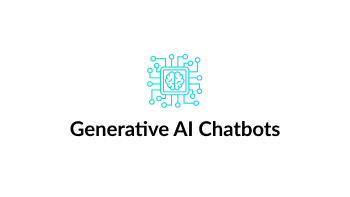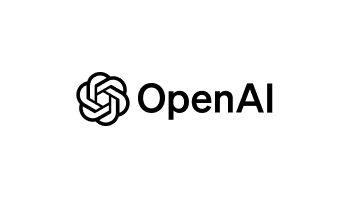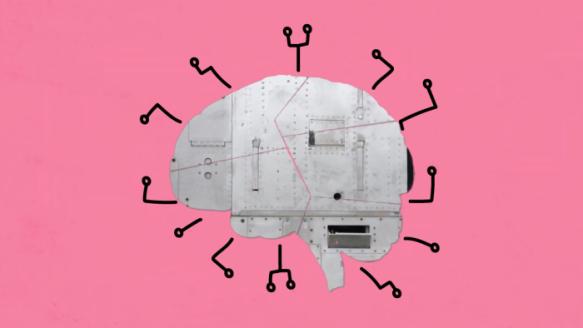AI Initiative
Understanding the Impact of AI on Our Kids

Artificial intelligence (AI) is predicted to be the largest disruptive change we will experience in our lifetimes—even more significant than the internet. And while AI has the potential to provide enormous benefit, without the widespread adoption of responsible AI practices, it is equally capable of causing harm.
These powerful technologies are not new, but the sudden explosion of AI in our lives has brought with it more questions than answers. What exactly is this technology? What can it do? What can't it do? And, importantly, what shouldn't it do? In this rapidly changing environment, Common Sense is committed to creating clarity, trust, and understanding through our AI initiatives—including AI product ratings & reviews, AI literacy curricula, original research, and more.
AI Product Reviews
At Common Sense, we know that successful AI is built with responsibility, ethics, and inclusion by design. This means that technical excellence alone is not enough for AI systems—AI is sociotechnical, which means that the technology cannot be separated from the humans and human-created processes that inform, shape, and develop its use.
That's why our AI product reviews are contextual, taking into account the societal landscape in which the products will be used and actively seeking what information might be missing or invisible to an AI system. Our AI reviews act as "nutrition" labels for AI. They describe a product's opportunities, considerations, and limitations in a clear and consistent way, putting the right information you need at your fingertips.
Artificial intelligence isn't magic. It's math that trains computers to do tasks without having been programmed with super-specific rules. While this technology is exciting and powerful, it isn't perfect, and that's why our AI reviews are grounded in eight principles about what we believe AI should do. These principles represent Common Sense's values for AI, and they create a shared understanding that we use as our guide and our path forward.
Common Sense AI Principles Assessment
The benefits and risks, assessed with our AI Principles - that is, what AI should do.
Learn more about how we review and rate AI products
What We're Reviewing & Rating
There are many types of AI out there, and almost just as many ways to describe them! We’re bucketing our AI Product reviews into three categories:

Multi-Use
These products can be used in many different ways, and are also called "foundation models." This category includes products like generative AI, such as chatbots and products that create images from text inputs, translation tools, or computer vision models that can examine images and detect objects like logos, flowers, dogs, or buildings.

Applied Use
These products are built for a specific purpose, but they aren't specifically designed for kids or education. Examples of this category include automated recommendations in your favorite streaming app, or the way an app sorts the faces in a group of photos so you can find pictures of your niece at a wedding.

Designed for Kids
This category is a subset of Applied Use products, and it covers products specifically built for use by kids and teens, either at home or in school. This category also includes education products designed for teachers or administrators (such as a virtual assistant for teachers) that are ultimately intended to benefit students in some way.
Additional AI Resources
Our work on AI is made possible by the generous support from




































